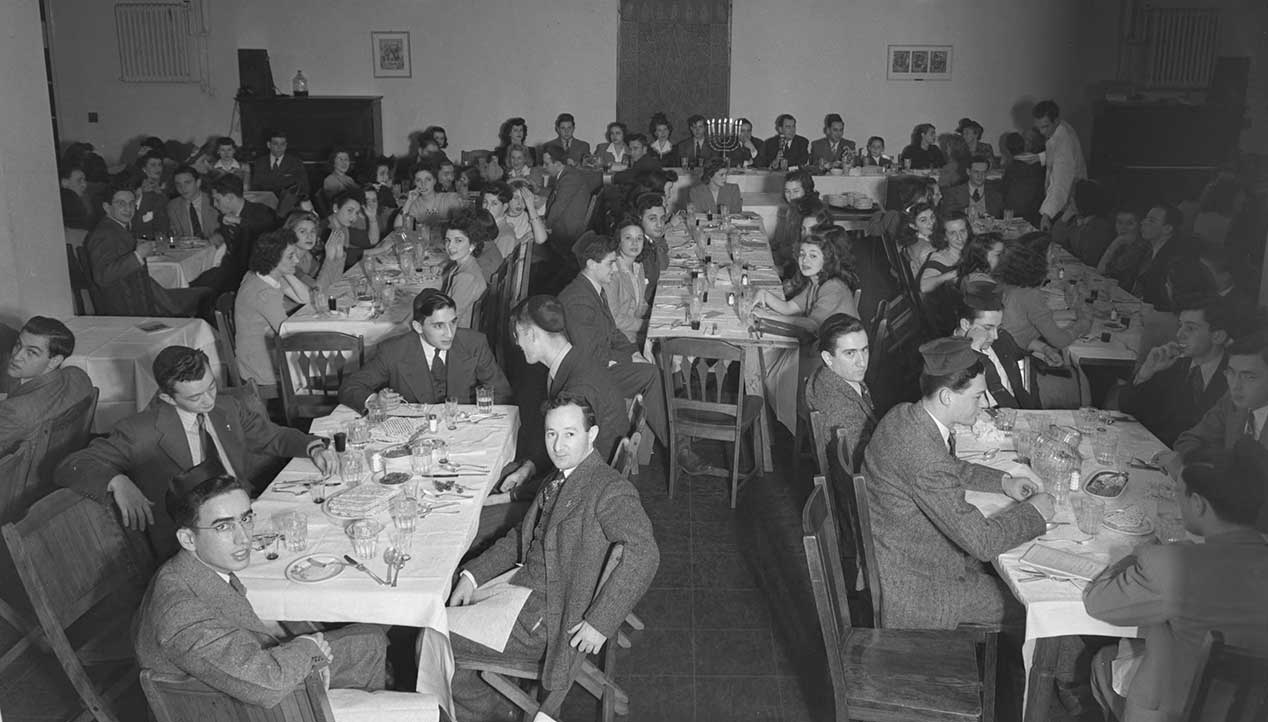- Apr. 02
- In-Person
Project Origins
Outsiders, Insiders, Radicals, and Reformers: A History of Jews at the University of Michigan explores the trajectory of Jews at U-M from outsiders to insiders (and sometimes back again). When most elite private colleges and universities in the Northeast imposed quotas on the percentage of Jewish students on campus during the 1920s, Michigan became an attractive destination for children of east coast immigrant families, establishing a long tradition of a strong national Jewish student presence at the university. Despite the historic and contemporary significance of a Jewish presence at and contributions to the University of Michigan, very little has been written about the Michigan Jewish experience.
Nevertheless, the exclusion of Jews by elite Northeast colleges and universities provides the context for a strong informal public narrative celebrating the University of Michigan for its role as a safe haven for east coast Jews excluded from desirable private colleges closer to home. This narrative speaks to Michigan’s intrinsic sense of itself as a standard-setting and pioneering public university: representative of the best in American education, while offering a more democratic and creative counterweight to the stodgy east coast elitism of the Ivy League.
The major problem with this appealing narrative is the lack of systematic historical inquiry backing it up. As scholars like Jerome Karabel, Dan Oren, Harold Wechsler, and Marcia Graham Synott have shown, almost everything about today’s college admissions process emerged in a dedicated search for effective ways to exclude Jewish students. When we consider how, even in the face of exclusion efforts and stringent quota restrictions, so many American Jews still used universities as a path to professional identities and social acceptance, it seems particularly important to track this issue at the nation’s most prominent public universities. In their own way, schools like Michigan defined the university experience for their hundreds of thousands of alumni. Recovering U-M’s Jewish history thus has the potential to reframe our understanding of both Jewish experiences in the U.S. and the history of American universities











